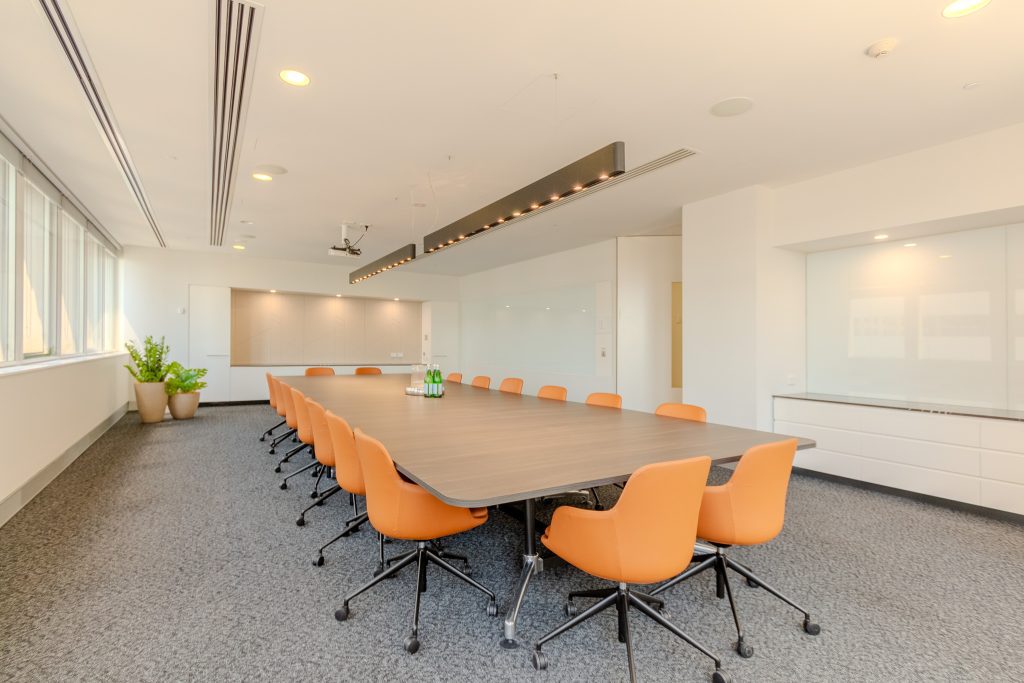4 Considerations For The End Of Your Office Lease
Your business’s lease is close to expiring – what are your options?

When considering a commercial office lease in Brisbane, it’s essential to understand the various outgoings and costs beyond the base rent. These additional expenses can significantly impact your overall lease agreement and decision-making process.
This guide outlines the typical outgoings you may encounter when leasing office space, helping you navigate the commercial office leasing landscape in Brisbane with confidence.
In addition to the base rent, commercial tenants should be aware of several other costs that may arise during the lease term. Understanding these outgoings is crucial for making informed decisions about your office leasing options.
Commercial leases often present rental rates as either “gross” (inclusive of building outgoings) or “net” (exclusive of building outgoings).
Cleaning is another significant outgoing for commercial tenants. In large office buildings, a designated cleaning company usually handles both tenancy and common area cleaning. The cost is often calculated on a per square meter basis, typically ranging from $13 to $18 per square meter, excluding GST.
For smaller office spaces, tenants may have the option to manage cleaning themselves.
Electricity costs are generally billed separately and are based on individual tenancy usage.
Commercial buildings typically have separate metering for each tenancy, with charges billed monthly. Costs will vary depending on your specific usage and requirements.
Standard air conditioning is provided during designated building hours, but tenants may incur additional costs for after-hours air conditioning. These costs can vary widely depending on the building and are often charged in two-hour blocks.
Many buildings charge a fee for adding your business name to tenant directory boards, both on your office floor and in the building’s lobby.
These costs can range from $100 to $150, excluding GST.
If your lease includes onsite parking, there may be a nominal fee to erect signage designating your business’s parking bays.
Most landlords provide a set number of access cards at the start of your lease, typically at a ratio of 1 card per 10 square meters of office space. Additional cards may be available for purchase at varying costs depending on the building.
When leasing a fitted-out office space, a Condition Report is usually required. This report documents the condition of the premises at the start of the lease and is used to ensure the space is returned in the same condition at the end of the lease, subject to fair wear and tear. Costs for this report are often shared between the landlord and tenant.
Understanding the full spectrum of costs in a commercial lease is key to making informed decisions. Whether it’s a gross or net lease, being clear on potential outgoings can save your business from unexpected expenses. At Caden Office Leasing, we’re here to guide you through the complexities of office leasing in Brisbane. Reach out to us today to ensure you’re fully equipped to make the best choice for your next office space.
Looking to contact the Caden Team? Get in touch by giving us a call or drop us an email.




Looking for one of our expert agents? Get in touch by giving us a call. Get access to all CBD offices with our team.



